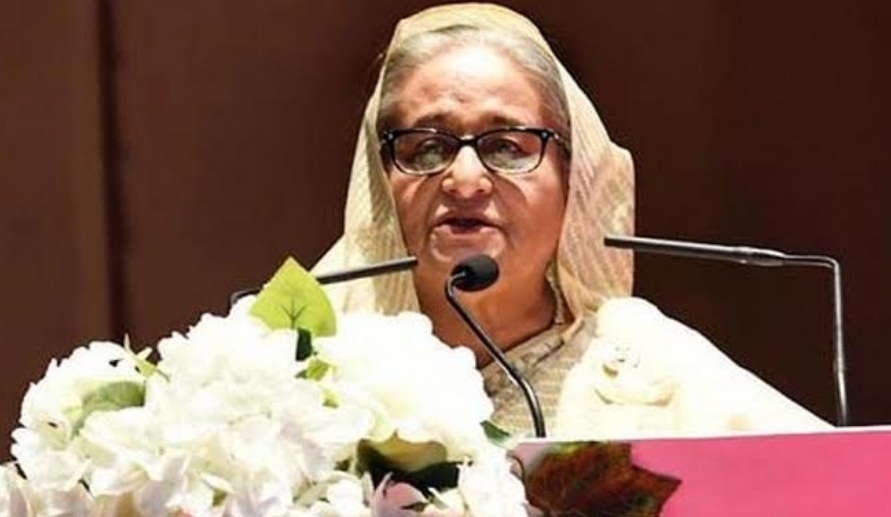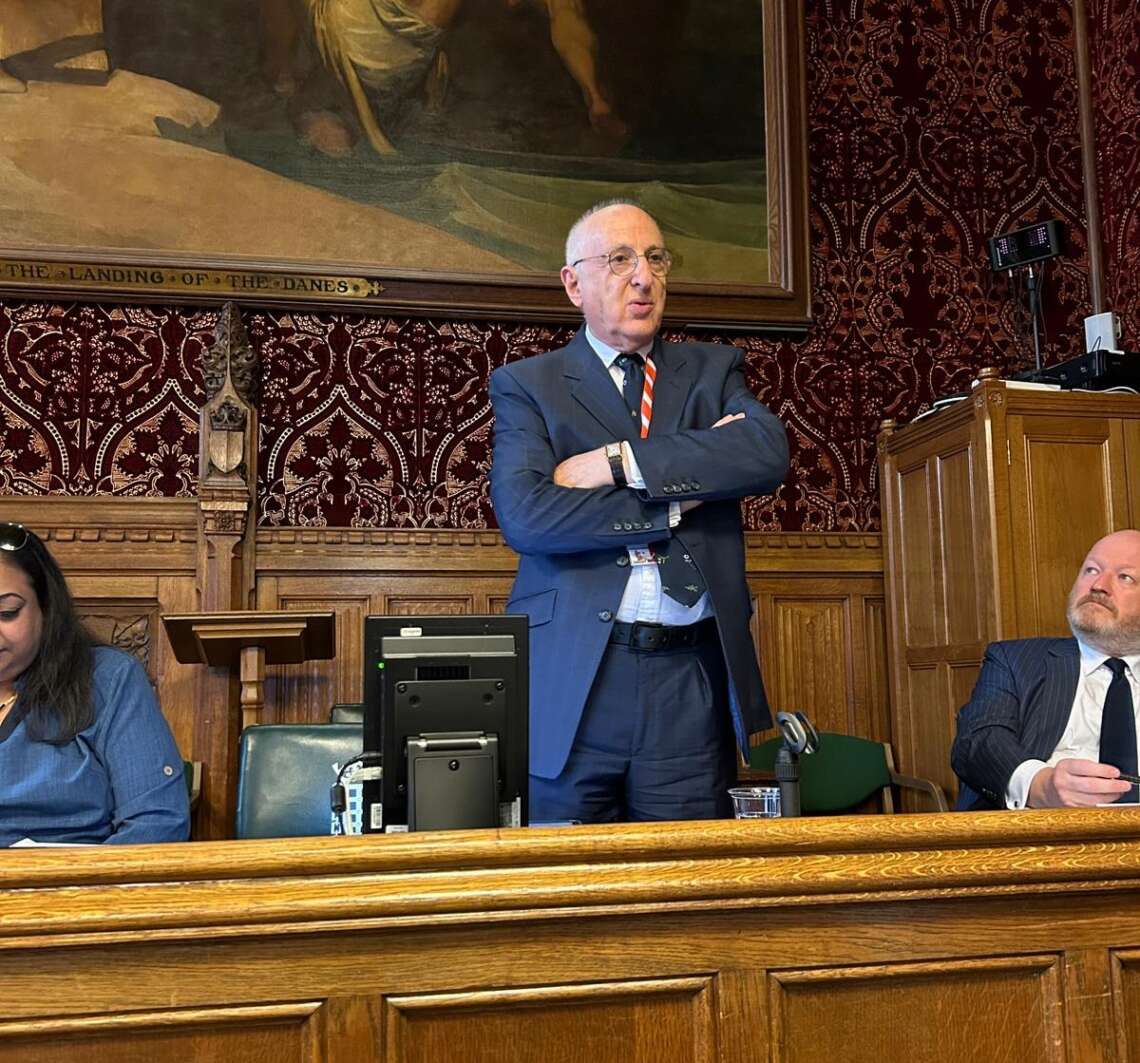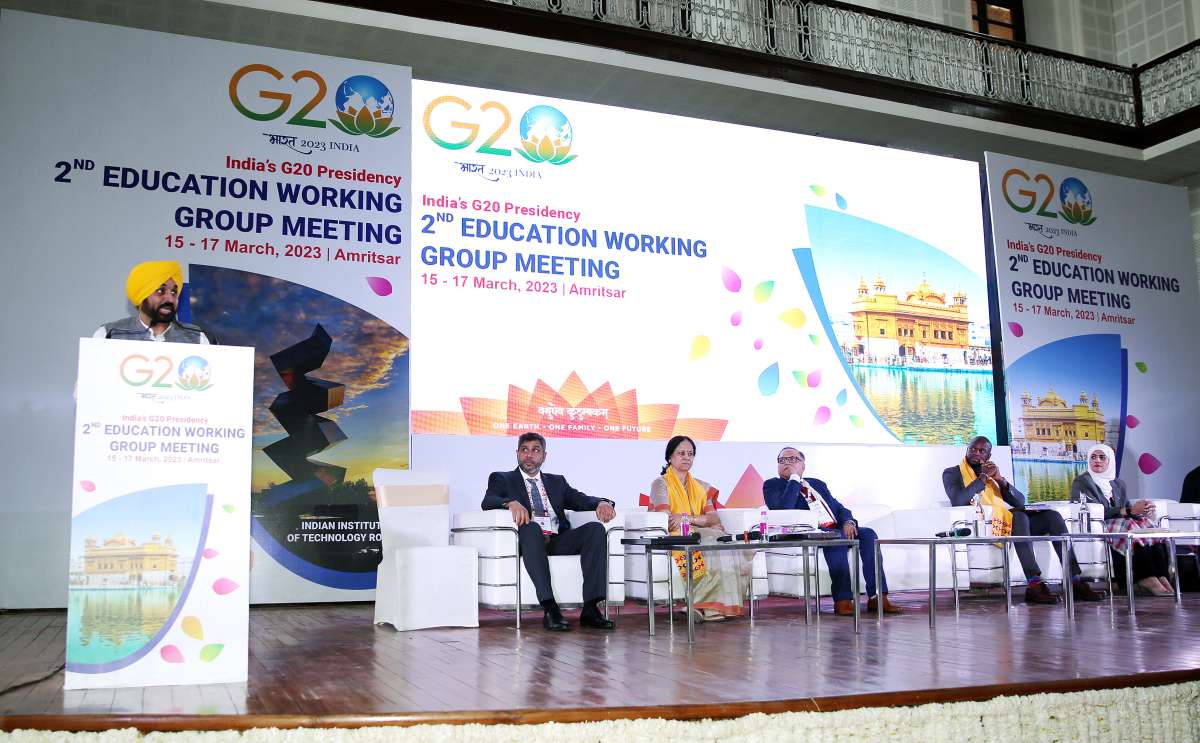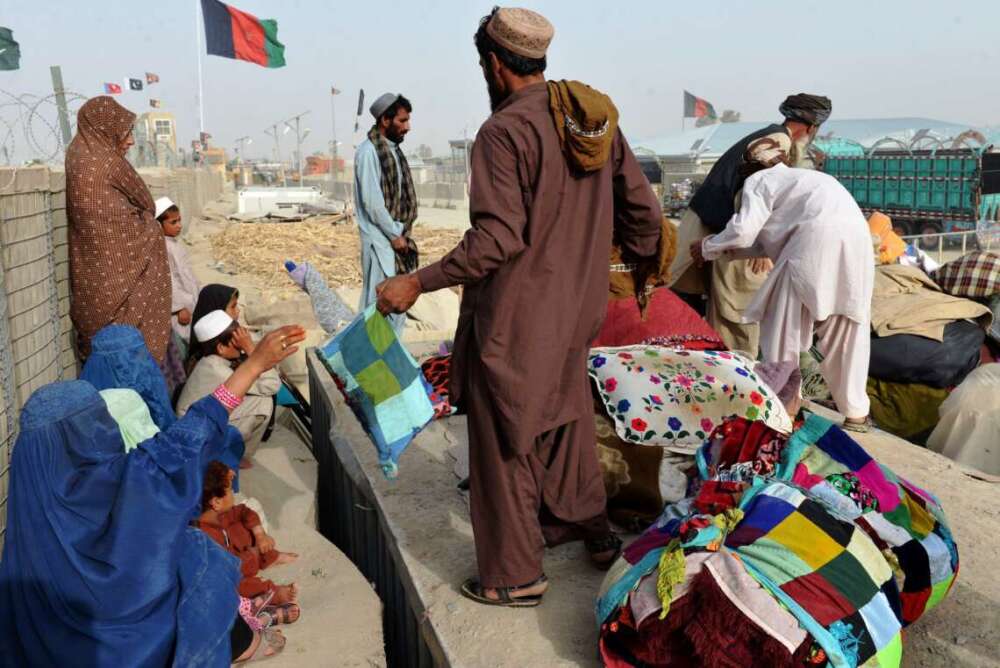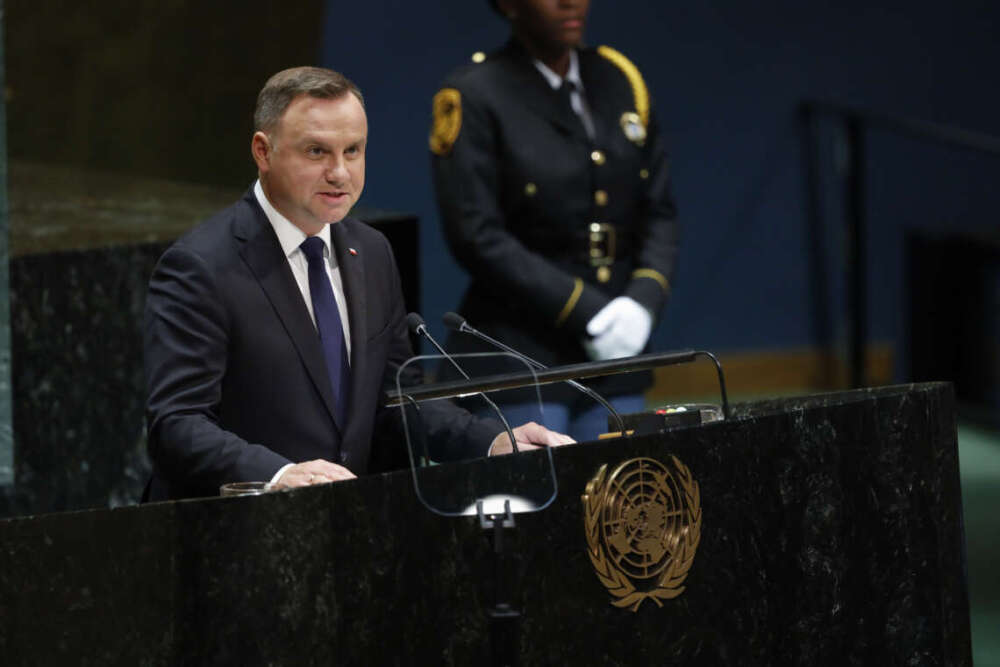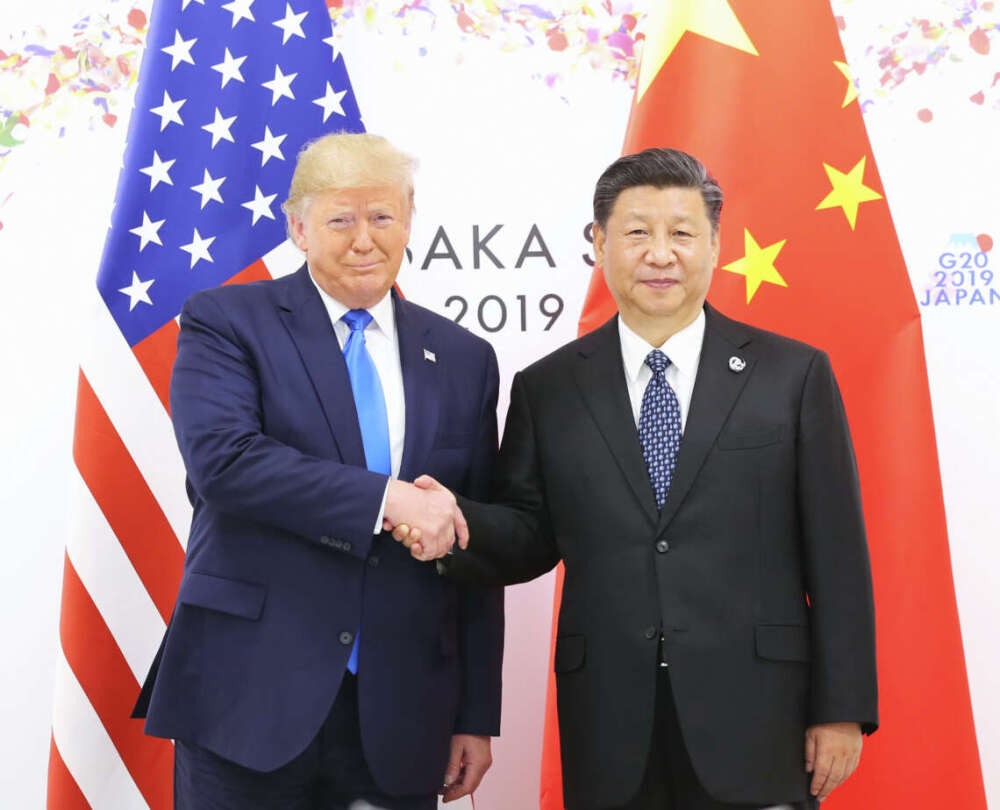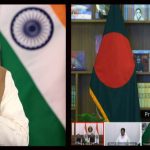The growing extremism in Bangladesh could also create more security concerns in the north-eastern border states of India…writes Darakhsha Qamar
The recent instance of violence between the police and a group of people protesting against an Ahmadiyya community event that left 2 dead and at least 50 others, including policemen injured, is only the latest in the slew of extremist violence targeting minorities in Bangladesh in the last decade.
Throughout 2014-15, members of religious minorities, prominent activists, intellectuals, members of the LGBTQ community as well as atheist social media activists were targeted in a series of machete murders.
In 2016, there was a 6 hour hostage situation in the Holey Artisan Bakery in Dhaka that left 24 non- Muslims and an Indian national dead.
2021 saw more than 100 temples, a Buddhist monastery, homes and shops of non-Muslims being attacked, vandalised and set on fire because malicious rumours had been spread that the holy book of Muslims, the Quran, was desecrated at a Durga puja pandal.
These instances point to the rise of radical Islamist groups and their exclusivist doctrine in the Bangladesh polity. Yet their existence is not new, nor have they emerged into the scene overnight. Since independence in 1971, the Bangladesh polity has been dominated by two broad, opposing strands of nationalist thought. One is a secular ethno-linguistic identity built around the Bengali language, and the other is a religious nationalism that gives precedence to the Muslim identity of the Bangladeshi people over all else.
The former is the nationalism of Bangabandhu Sheikh Mujibur Rahman and is enshrined in the founding principles of the Bangladeshi Constitution. The influence of the second kind of nationalism spread after the death of Sheikh Mujib, during the military regimes of 1975-1990. It is especially apparent in the chequered history of amendments to the constitution during this time, the most significant of which was the 8th amendment of June 1988, when Islam was recognised as state religion. This is a significant event in the political history of Bangladesh because it undermined one of the founding principles and therefore the basic structure of the constitution- secularism.
Since that time, the position of radical religious groups representing an orthodox section of the majority Sunni Muslims, was consolidated in the Bangladesh political scene, with them having ties to the main opposition party BNP and therefore wielding enormous political influence. They have also posed a big challenge to the Sheikh Hasina led Awami League government that is its ideological antithesis.
Sheikh Hasina’s secular policies, strong opposition to anti-minority violence, zero tolerance approach to terrorism and her conviction to uphold the constitutional guarantee of religious equality have elicited vehement opposition from these groups, resulting in violence instances and the death of innocent civilians. And though the Bangladeshi government has been resolute in asserting that these groups operate without any outside assistance and influence, it has long been speculated that the local extremist outfits have now become and operate as a part of the global terror network, spearheaded by ISIS and Al-Qaeda. The increasingly sophisticated and organised nature of such attacks in the last decade has only strengthened this conviction. The Islamic state has even claimed responsibility for a number of attacks, like the 2016 Dhaka attack on the Bakery.
Ideologically too, groups like the Hizbut Tahrir (HuT), Jamaat-Ul-Mujahideen-Bangladesh and Ansarulla Bangla Team (ABT) have links to ISIS and Al-Qaeda. Other groups like Hefazat-E-Islam- an overarching collective of radical Islamist groups – came up in 2010 in Chittagong, following the 2009 Women development policy draft that advocated for equal inheritance rights for women. It sought to fight secularism and protect Islam from anti-Islamic policies. But the Jamaat-e-Islami remains of course, the most influential radical outfit in Bangladesh and the majority of extremist groups in Bangladesh receive indoctrination and operational assistance from it. This indoctrination is believed to take place in religious schools or Madrassas, where radical ideologies in variance with the teachings of Islam are imparted.
These schools have unfortunately turned into a recruitment facility for these terror outfits. More than a million children attend these schools which are controlled by the Hefazat-E-Islam and have been financed by Saudi Arabia since the 1970’s. International support in infrastructural funding and operational assistance then, is one of the main reasons for the strengthening presence and increasingly large scope of their attacks.
Radicalism has also found a space to thrive due to the contentious and polarised nature of the Bangladesh polity. Fierce rivalry between the two main political parties has allowed them space to exist, as the parties employ these extremist groups to counter the other party and their affiliates’ influence.
The liberation of Bangladesh was the victory of secular, democratic values over parochial religious fundamentalism. The radical Islamist elements wish to preserve, what they consider, the ‘true’ Islamic culture of Bangladesh. They have no regard or respect for the syncretic nature of Bangladeshi society and religious practice, the very culture that the leaders of its liberation movement had fought to preserve and protect. The people of Bangladesh share with their west Bengali counterparts many rituals and festivals. For example Mongol Shubhojatra is a procession to celebrate the Bengali New Year where people wear masks representing motifs like birds, owls, fishes and other animals. It is an assertion of the people of Bangladesh’s pride in the Bengali folk history and a sign of resistance against extremists forces because the radical groups consider this procession to be un-Islamic and blasphemous.
Their idea of an ideal society, just like every religious nationalist’s, is an extremely narrow, intolerant and exclusivist one that allows no space for the vibrant, pluralist ethos that are the foundation of Bangladesh. Everything that doesn’t conform to their narrow worldview then, is a threat to them and must be done away with.
The growing extremism in Bangladesh could also create more security concerns in the north-eastern border states of India. It could also affect India’s strategies to counter Chinese designs in the east of India.
The political influence these radical groups wield in Bangladesh is unquestionable, but what is heartening and a source of great hope, is that the biggest political force against such violence and extremism, is the government of Bangladesh itself led by Sheikh Hasina and the Awami League. They are the carriers of the legacy of a more benevolent and secular nationalism and are therefore the biggest threat to extremist groups that if unwatched, could tear the very fabric of Bangladeshi society.
(India Narrative)


